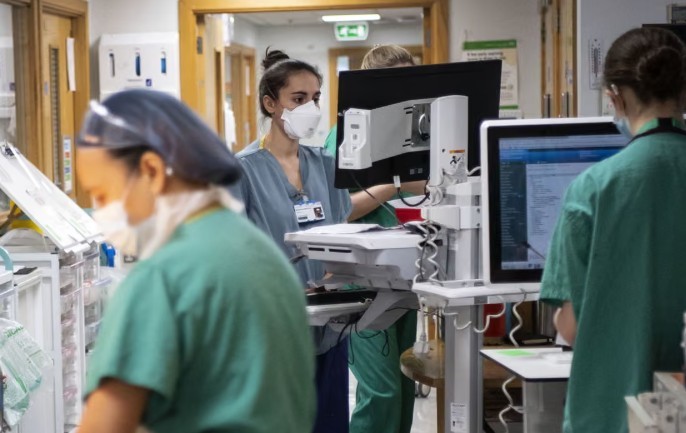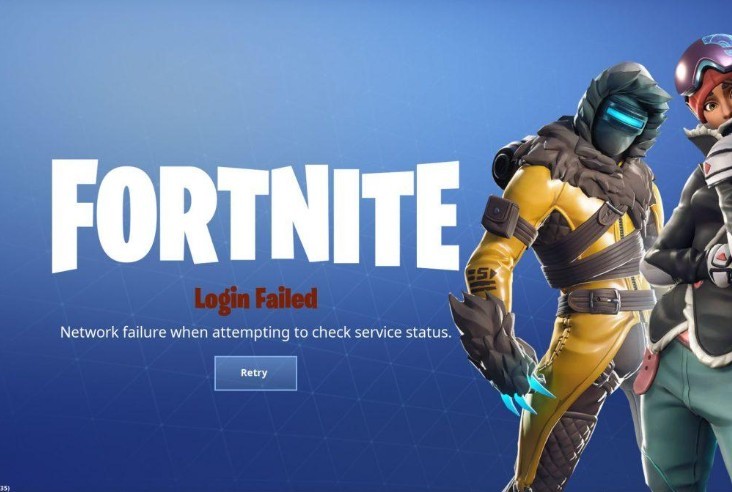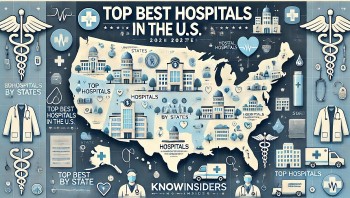America in 2025: Key Predictions for the Next Year
From climate policies to technological advancements, here are detailed predictions of the potential transformations, supported by data and trends.
 |
| US Visa Policy Changes For 2025 |
1. Climate Policy Shifts
With increasing urgency to address climate change, 2025 is likely to see significant shifts in U.S. climate policies. The Biden administration has set ambitious goals to cut greenhouse gas emissions by 50-52% by 2030 compared to 2005 levels. In 2025, we can expect:
-
Renewable Energy Investments: The U.S. is predicted to invest over $300 billion in renewable energy projects, including wind, solar, and hydroelectric power.
-
Carbon Reduction Initiatives: Implementation of carbon pricing and cap-and-trade programs in more states, targeting a reduction of CO2 emissions by 100 million metric tons annually.
-
Electric Vehicle Adoption: Continued growth in electric vehicle (EV) adoption, with projections of 15 million EVs on the road by 2025, supported by $15 billion in federal investments in EV infrastructure.
2. Artificial Intelligence Regulation
As AI technology advances, new regulations will be essential to address ethical concerns, privacy issues, and job displacement. By 2025, we may see:
-
AI Ethics Guidelines: The establishment of comprehensive AI ethics guidelines, ensuring transparency, fairness, and accountability in AI development and deployment.
-
Privacy Protections: Strengthened privacy protections for consumers, with strict regulations on data collection, storage, and usage by AI systems.
-
Job Transition Programs: Investment of $10 billion in job transition programs to support workers affected by AI-driven automation, retraining an estimated 1 million workers for new roles in emerging industries.
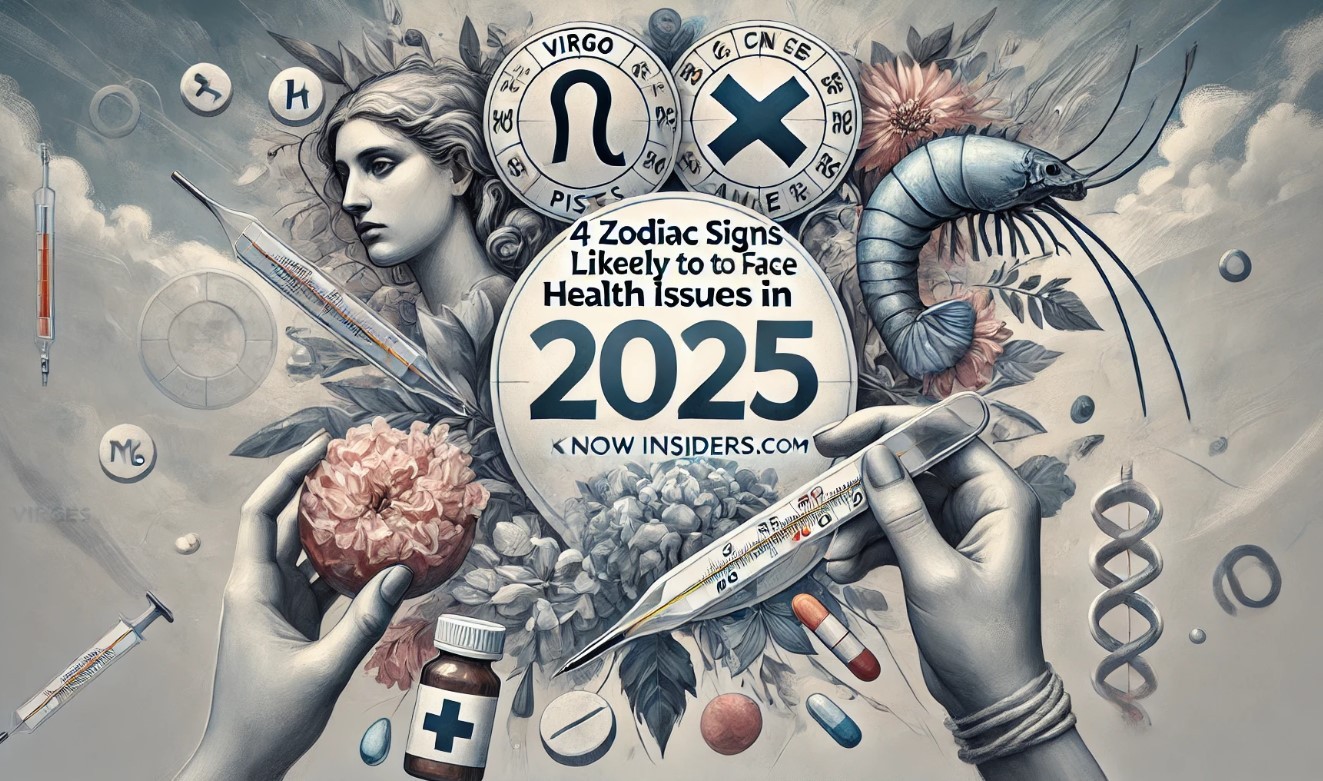 |
| Zodiac Signs Likely to Face Health Issues in 2025 |
3. Healthcare Reforms
The healthcare sector is poised for significant changes, driven by policy reforms and technological advancements. Key predictions for 2025 include:
-
Universal Healthcare Expansion: Efforts to expand access to healthcare, potentially through a public option or Medicare for All, aiming to cover an additional 20 million Americans.
-
Telehealth Growth: Continued growth in telehealth services, with an estimated market value of $50 billion by 2025, driven by convenience and accessibility.
-
Innovative Treatments: Advancements in treatments for diseases like cancer, Alzheimer's, and diabetes, with an estimated $100 billion in research funding allocated to these areas.
4. Economic Changes
Economic policies will evolve to address emerging challenges and opportunities. In 2025, we can expect:
-
Tax Reforms: Implementation of progressive tax reforms, increasing rates for high-income earners and corporations, potentially raising $1 trillion in revenue over the next decade.
-
Trade Agreements: New trade agreements focused on fair trade practices, environmental standards, and labor rights, potentially increasing export revenue by $200 billion annually.
-
Financial Regulation: Enhanced financial regulations to prevent market abuses and ensure stability, with a focus on consumer protection and reducing systemic risks.
5. Social Media Regulations
To address issues related to misinformation, privacy, and the impact of AI on social media, we may see:
-
Misinformation Control: Stricter regulations on social media platforms to combat misinformation, requiring transparency in content moderation and algorithmic decision-making.
-
Privacy Enhancements: New privacy laws protecting user data, with heavy penalties for breaches and unauthorized data usage.
-
Youth Protections: Restrictions on social media usage for minors, including age verification mechanisms and parental control features.
6. Education Reforms
The education system will undergo significant reforms to improve access, quality, and inclusivity. By 2025, we may see:
-
Curriculum Updates: Modernization of curricula to include critical thinking, digital literacy, and STEM education, preparing students for the future job market.
-
Technology Integration: Increased use of technology in classrooms, with an investment of $20 billion in digital infrastructure and resources.
-
Equity Initiatives: Policies aimed at reducing educational disparities, ensuring equitable funding, and supporting underserved communities.
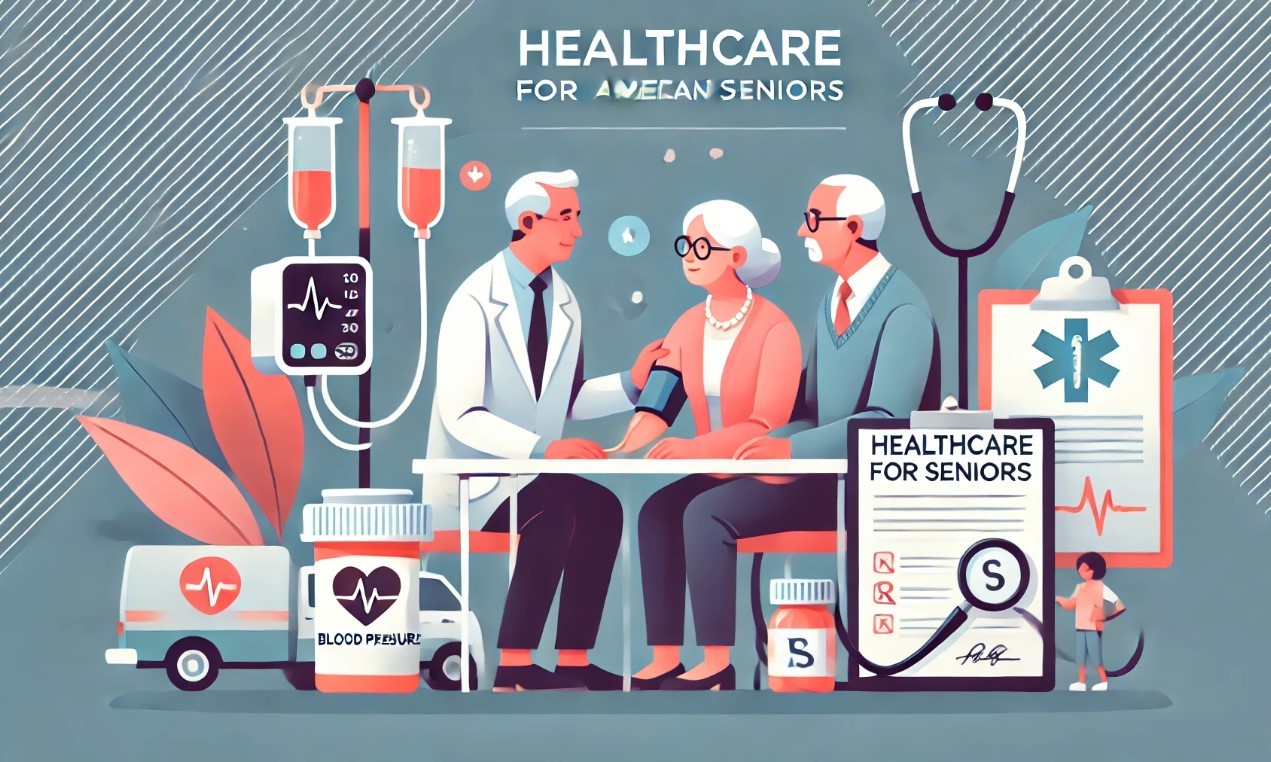 |
| Healthcare for American seniors |
7. Gun Control Legislation
Ongoing debates about gun violence may lead to new gun control measures, including:
-
Universal Background Checks: Implementation of universal background checks for all gun sales, closing existing loopholes and enhancing public safety.
-
Assault Weapon Bans: Potential bans on assault weapons and high-capacity magazines, aiming to reduce mass shootings and gun-related deaths.
-
Red Flag Laws: Expansion of red flag laws, allowing authorities to temporarily remove firearms from individuals deemed a risk to themselves or others.
8. Marijuana Legalization
The trend towards marijuana legalization is expected to continue, with potential developments including:
-
Federal Legalization: Possible federal legalization of marijuana, providing a regulatory framework and generating an estimated $20 billion in tax revenue annually.
-
State-Level Legalization: More states moving towards legalizing marijuana for medical or recreational use, increasing the total number of legal states to over 35.
-
Market Growth: Continued growth in the marijuana industry, with projections of a market value of $50 billion by 2025.
9. Minimum Wage Increases
Efforts to raise the minimum wage will likely gain momentum, with potential outcomes including:
-
Federal Minimum Wage Increase: Raising the federal minimum wage to $15 per hour, benefiting over 30 million workers and reducing poverty levels.
-
State-Level Increases: States adopting higher minimum wage standards, with some states targeting $18-$20 per hour by 2025.
-
Economic Impact: Positive effects on consumer spending and economic growth, with increased wages boosting demand for goods and services.
10. Immigration Policies
Changes in immigration policies could shape the U.S. demographic and economic landscape. Potential developments include:
-
Pathways to Citizenship: Introduction of pathways to citizenship for undocumented immigrants, providing legal status to an estimated 11 million people.
-
Visa Program Reforms: Reforms to visa programs, including H-1B visas, to attract skilled workers and address labor shortages in key industries.
-
Border Security Measures: Implementation of comprehensive border security measures, balancing enforcement with humanitarian considerations.
These predictions for 2025 highlight the potential for significant changes across various sectors in the United States. While the exact outcomes will depend on political decisions, public opinion, and global events, these trends and data provide a glimpse into the future landscape of the country.
| Sources Renewable Energy Investments: U.S. Department of Energy Electric Vehicle Adoption: BloombergNEF AI Ethics Guidelines: Future of Life Institute Universal Healthcare Expansion: Kaiser Family Foundation Telehealth Growth: Global Market Insights Tax Reforms: Tax Policy Center Misinformation Control: Center for Strategic and International Studies Curriculum Updates: National Center for Education Statistics Federal Legalization: Marijuana Policy Project Minimum Wage Increase: Economic Policy Institute Immigration Policies: American Immigration Council |
This comprehensive overview provides a detailed look at the potential changes and their implications for the United States in 2025. Do you have any specific areas you'd like to explore further?








